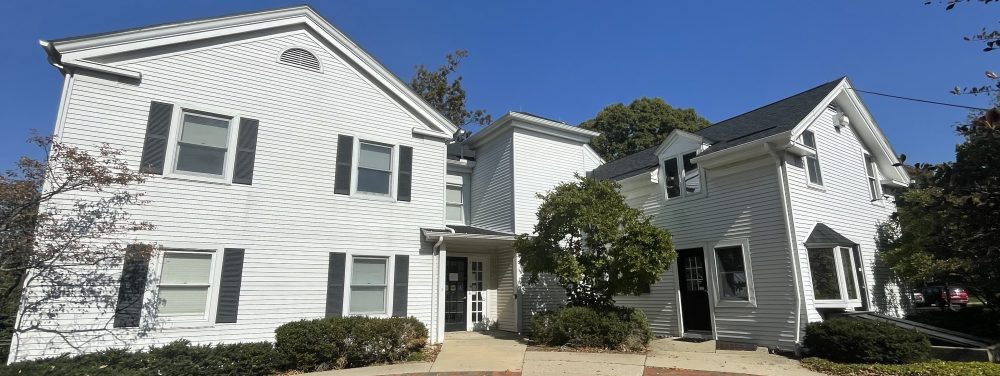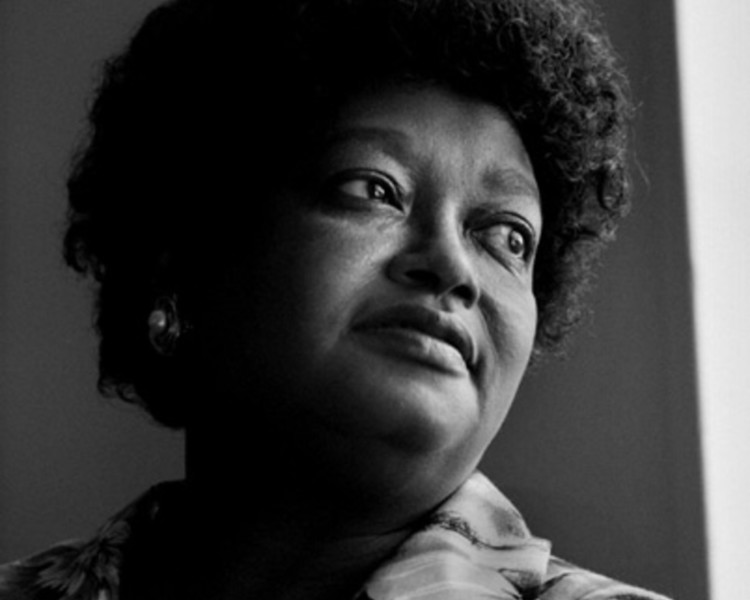By Alexandra Samuels, a KSU Women’s Center Writing Intern
As we head into April it is important to take time and reflect back on Women’s History Month. The theme for the month was “unsung voices,” which aimed to bring to light different women whose stories you might not know or were not given proper credit. At the Women’s Center during March, we focused on gender equity and what that looks like in different cultures, represented through posters and events. On International Women’s Day we also highlighted international students by having a discussion about what it is like to be a woman in their home country. Looking back on the month I wanted to include a few important women in history that you may not know about whose contributions greatly affected our present day lives.
Claudette Colvin

Born in 1939 in Alabama, Colvin was raised in a fairly poor area which ultimately inspired her to study hard in school. She got good grades and was known as a great student, even aspiring to one day become president. On March 2, 1955, when Colvin was only 16 years old, she was riding the public bus home from high school in Montgomery, Alabama. When the bus driver asked her to give up her seat for a white person, she refused stating “It’s my constitutional right to sit here as much as that lady. I paid my fare, it’s my constitutional right.” Despite her efforts she was arrested for various charges but was thankfully let out of jail when her minister paid her bail. When later asked about the incident she said, “I felt like Sojourner Truth was pushing down on one shoulder and Harriet Tubman was pushing down on the other—saying ‘Sit down girl!’ I was glued to my seat.” During her court hearing she pleaded “not guilty” and was given probation.
The National Association for the Advancement of Colored People (NAACP) considered using her case to challenge segregation laws, however they ultimately did not since she was still underage. This important mark in civil rights history occurred nine months before the more famous incident with Rosa Parks and the Montgomery bus system, yet many people still do not know about it. This is partially due to the fact that she was still a minor, however the event altered her life greatly. Her reputation afterwards made it difficult to find a job, and later even resulted in her dropping out of college due to social pressure. In 1956 she was able to continue her activism by being one of four plaintiffs in the Browder v. Gayle case which came to the conclusion that segregation on the bus was unconstitutional, and now illegal.
Rosalind Franklin

Born in London, England in 1920, Rosalind Franklin was infatuated with science and knew since she was only 15 years old that she wanted to pursue a career in science. She received her education from various schools, but most notably from North London Collegiate School where she excelled at science. In 1938 she enrolled in Newnham College in Cambridge where she studied chemistry. Three years later she was awarded Second Class Honors in her finals, which at the time was accepted/equivalent to a bachelor’s degree. Following her graduation, she went to work as an assistant officer at the British Coal Utilisation Research Association where she studied the porosity of coal, which would later become the basis for her thesis while earning her Ph.D. After years of studying coal, she received a position at the Laboratoire Central des Services Chimiques de l’Etat in Paris where she worked with crystallographer Jacques Mering. It was here that she learned about X-ray diffraction, which would aid in her most famous discovery.
After completing her work with the laboratory in Paris, she began working as a research assistant at the King’s College London in biophysics. It was here that she made her most famous discovery after refining an X-ray machine and applying 100 hours of exposure to DNA. She was able to capture two forms of DNA, which had not been discovered yet, an A dry form, and a B wet form. However, her colleague Maurice Wilkins disclosed the image to a rival scientist, both later releasing the information as their own. When being featured in an article with Nature, they did not give her any credit towards the discovery and later won a Nobel Prize for her work. After being discouraged from researching DNA she began studying at Birkbeck College, focusing on RNA and the tobacco mosaic virus. Eventually she would be diagnosed with ovarian cancer but would live for two more years and continue her work until weeks before her death.
Marsha P. Johnson and Sylvia Rivera

Marsha P. Johnson and Sylvia Rivera were both founders of the transgender movement, protesting during a time where bars could not serve alcohol to LGBTQ+ people and cross dressing was criminalized. Johnson was born in 1945 in New Jersey and reportedly started wearing dresses around age 5 but stopped due to pressure from other children. Later after graduating high school, she moved to New York City with only a bag of clothes and $15 to her name. She was often homeless and would partake in sex work and drag shows for money. Her original drag name was Black Marsha but later she settled on Marsha P Johnson, the P standing for “pay it no mind,” which was often her response when asked about her gender.
Rivera was born in New York City in 1951, her mother passing away when she was only 3 years old, resulting in her being raised by her Venezuelan grandmother. She began to experiment with makeup and clothes at a young age which led to both physical and verbal abuse at home. At the age of 11 she left home and began living on 42nd street, also engaging in sex work for money.
Johnson met Rivera in 1963 when she was already an established drag queen in the LGBTQ+ community. She eventually coined the name “Drag Mother ” for helping struggling and homeless youth on the streets of New York City. The two of them would later become prominent figures in the Stonewall Inn riots of 1969 when residents and patrons of the bar fought back against a police raid. Luckily, a year later the first gay pride parade was held in New York City, which both Johnson and Rivera attended. Johnson would later help Rivera found STAR: Street Transvestite Action Revolutionaries, which advocated for transgender rights and would give food and shelter to homeless youth.
As part of the Gay Activist Alliance (GAA), Rivera would help pass a gay rights bill in New York. She even got arrested while climbing the walls of City Hall in her heels. However, a few short years later the GAA dropped transgender concerns because they wished for “easier assimilation.” This outraged Rivera who felt like she was now part of a subculture of a subculture, stating “when things started getting more mainstream, it was like, ‘we don’t need you anymore.'” She wanted to fight harder, now more than ever, and even warned “Hell hath no fury like a drag queen scorned.” They were both consequently banned from the 1973 gay pride parade, so in defiance and protest they marched ahead of the parade.
Their friendship started to dwindle when Rivera moved to Tarrytown, New York, leaving Johnson in New York City where she continued fighting for equal rights. Johnson later joined the street activist group ACT UP in the 80s to bring awareness to the growing AIDS epidemic. During a 1992 interview she revealed that she had tested HIV positive two years prior but continued strong. That same year her body was found in the Hudson River with the cause of death still unknown.
This prompted Rivera to return to New York City where she founded Transy House in Brooklyn, a transgender collective that gave support and shelter to other trans, gender fluent, and non-binary people. This was opened in Johnson’s memory and gave commemoration to her and her achievements. In 2001 Rivera resurrected STAR, now changing the T from transvestite to the more accepted term transgender, and would go on to fight for the New York transgender bill. After passing in 2002, her legacy is continued as she was the first transgender activist to have her image in the National Portrait Gallery in Washington DC.
References
Biography.com Editors. (2021, March 26). Claudette Colvin Biography. Biography.com. https://www.biography.com/activists/claudette-colvin.
Biography.com Editors. (2020, June 15). Rosalind Franklin Biography. Biography.com. https://www.biography.com/scientists/rosalind-franklin.
Bertram, C. (2022, Jan. 28). Inside Marsha P. Johnson and Sylvia Rivera’s Friendship. Biography.com. https://www.biography.com/activists/marsha-p-johnson-sylvia-rivera-friendship.
Fusfoo. (2009). Living Legends: Claudette Colvin [photograph]. https://www.fusfoo.com/article/4223/Living-Legends-Claudette-Colvin.html.
Britannica. (2019). Rosalind Franklin [photograph]. https://www.britannica.com/explore/100women/profiles/rosalind-franklin.
Historynavigator. (2020). Marsha P. Johnson and Sylvia Rivera: Activists [photograph]. https://historynavigator.org/2020/06/15/marsha-p-johnson-and-sylvia-rivera-activists/.



























